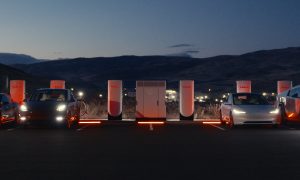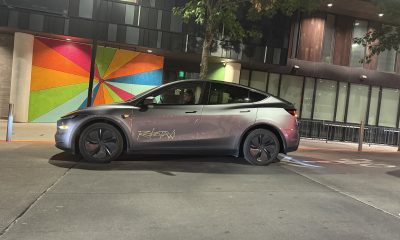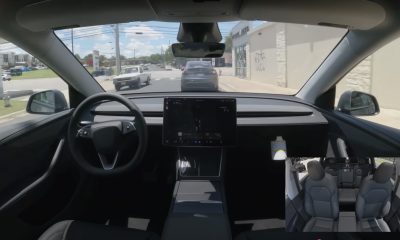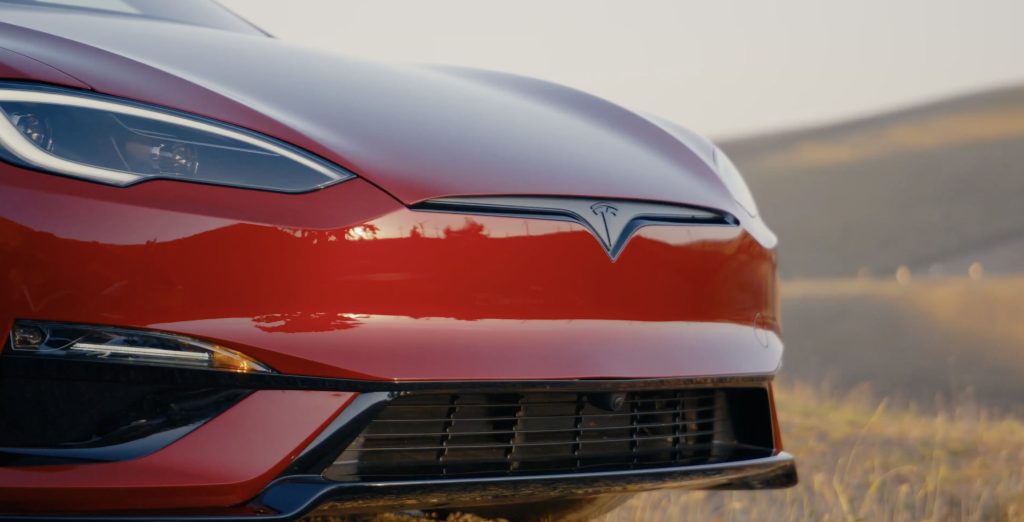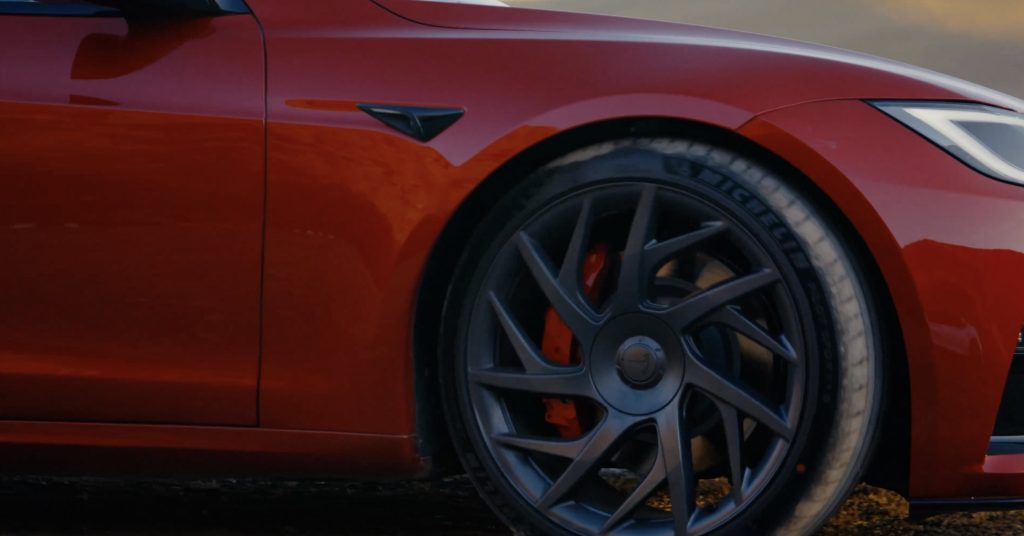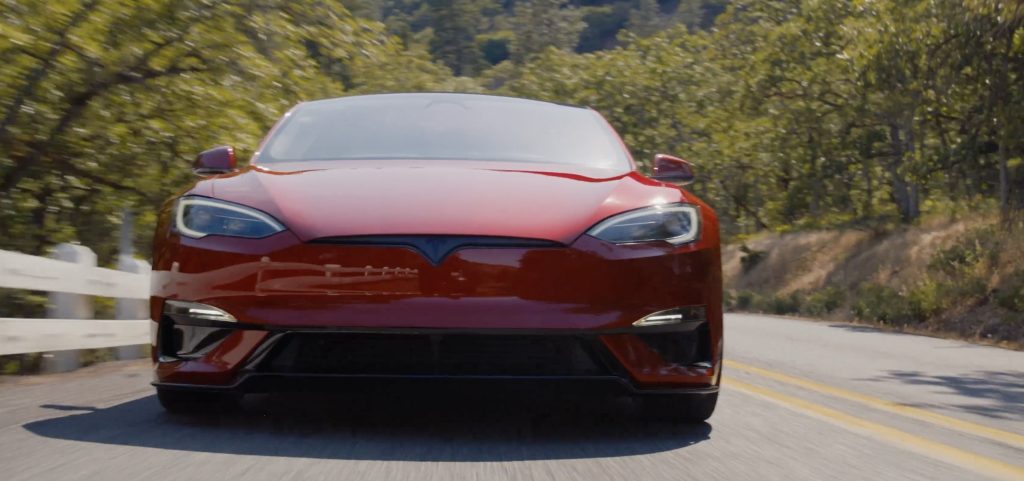Tesla Model S
Tesla clarifies its position on Model S suspension failure
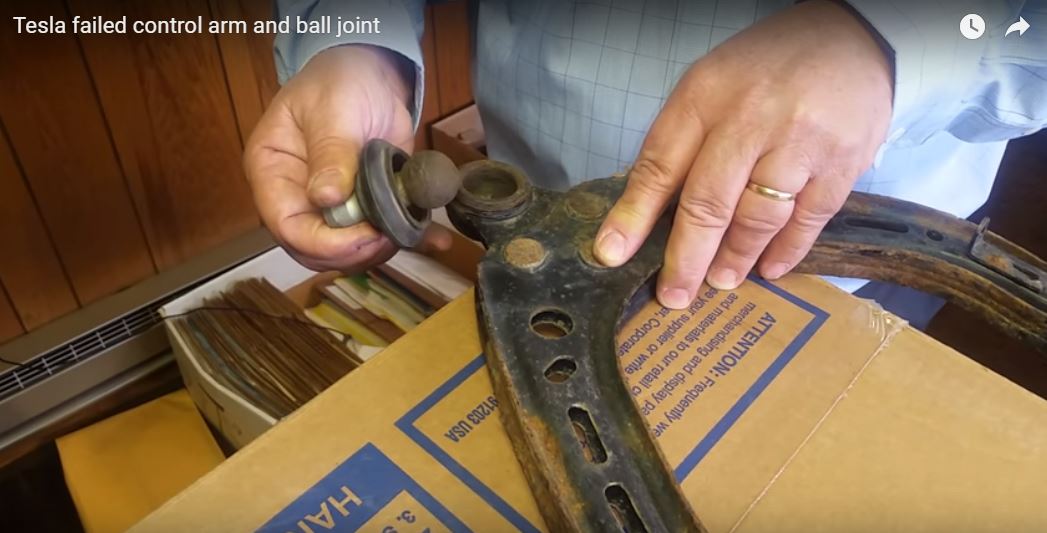
Yesterday, we reported a story about a Tesla Model S owner who said his left front suspension failed while driving at slow speed on a dirt road. The owner, who identified himself as gpcordaro on TMC, claimed that Tesla offered to split the cost of repair with him, but only if he signed a non-disclosure agreement and agreed not to contact federal authorities. His car was out of factory warranty at the time of the incident.
Bryan Thomas, a spokesman for the U.S. National Highway Safety Administration said the agency is “examining the potential suspension issue on the Tesla Model S, and is seeking additional information from vehicle owners and the company.” Yesterday, NHTSA administrator Mark Rosekind told the press that his agency is in “data collection mode.”
“Part of what we have to figure out is whether or not (non disclosure agreements) might have impeded people making (complaints),” Rosekind said. He also said his agency has been in touch with Tesla seeking information. “Our folks were on this right away.”
Now, Tesla has responded. In a lengthy blog post, it called the customer’s allegations about having to sign a non-disclosure agreement “preposterous.” It says it occasionally asks customers to sign what it calls a Goodwill Agreement. This occurs when the company agrees to provide services or repairs over and above those required by its warranty.
A lawyer will tell you that in some jurisdictions, “evidence of repair” can be equated with knowledge of a defect. That can have unfortunate legal consequences for any company if the matter winds up in court. The Goodwill Agreement is a written statement that says the owner will not use the fact that Tesla stepped up to keep a customer happy against it later in legal proceedings.
“It is deeply ironic that the only customer who apparently believes that this document prevents him from talking to NHTSA is also the same one who talked to NHTSA. If our agreement was meant to prevent that, it obviously wasn’t very good,” Tesla wrote in its response.
The owner told the press that after NHTSA examined the broken suspension piece, it told him that the ball joints in his Model S were of poor quality and failed prematurely. Tesla strongly disputes that, citing its 5 star crash rating and exhaustive durability testing. It did say the ball joint on this particular car was heavily rusted in a way that it has not seen on any other of its vehicles. Then the Tesla blog post demonstrated how to say harsh things in the kindest possible way.
“Finally, it is worth noting that the blogger who fabricated this issue, which then caused negative and incorrect news to be written about Tesla by reputable institutions, is Edward Niedermayer. This is the same gentle soul who previously wrote a blog titled “Tesla Death Watch,” which starting on May 19, 2008 was counting the days until Tesla’s death. It has now been 2,944 days. We just checked our pulse and, much to his chagrin, appear to be alive. It is probably wise to take Mr. Niedermayer’s words with at least a small grain of salt.
“We don’t know if Mr. Niedermayer’s motivation is simply to set a world record for axe-grinding or whether he or his associates have something financial to gain by negatively affecting Tesla’s stock price, but it is important to highlight that there are several billion dollars in short sale bets against Tesla. This means that there is a strong financial incentive to greatly amplify minor issues and to create false issues from whole cloth.
The post closed with a simple statement that truly captures the corporate ethics of Tesla Motors. “That said, sometimes Tesla does make genuine mistakes. We are not and have never claimed to be perfect. However, we strongly believe in trying to do the right thing and, when we fall short, taking immediate corrective action.”
That attitude is a big part of the reason why nearly 400,000 people worldwide have placed a reservation for the upcoming Tesla Model 3.
News
Tesla confirms massive hardware change for autonomy improvement
Tesla has confirmed that a recent change made to some of its recently refreshed vehicles is, in fact, a strategy it will use to improve its suite as it continues to work toward autonomy.
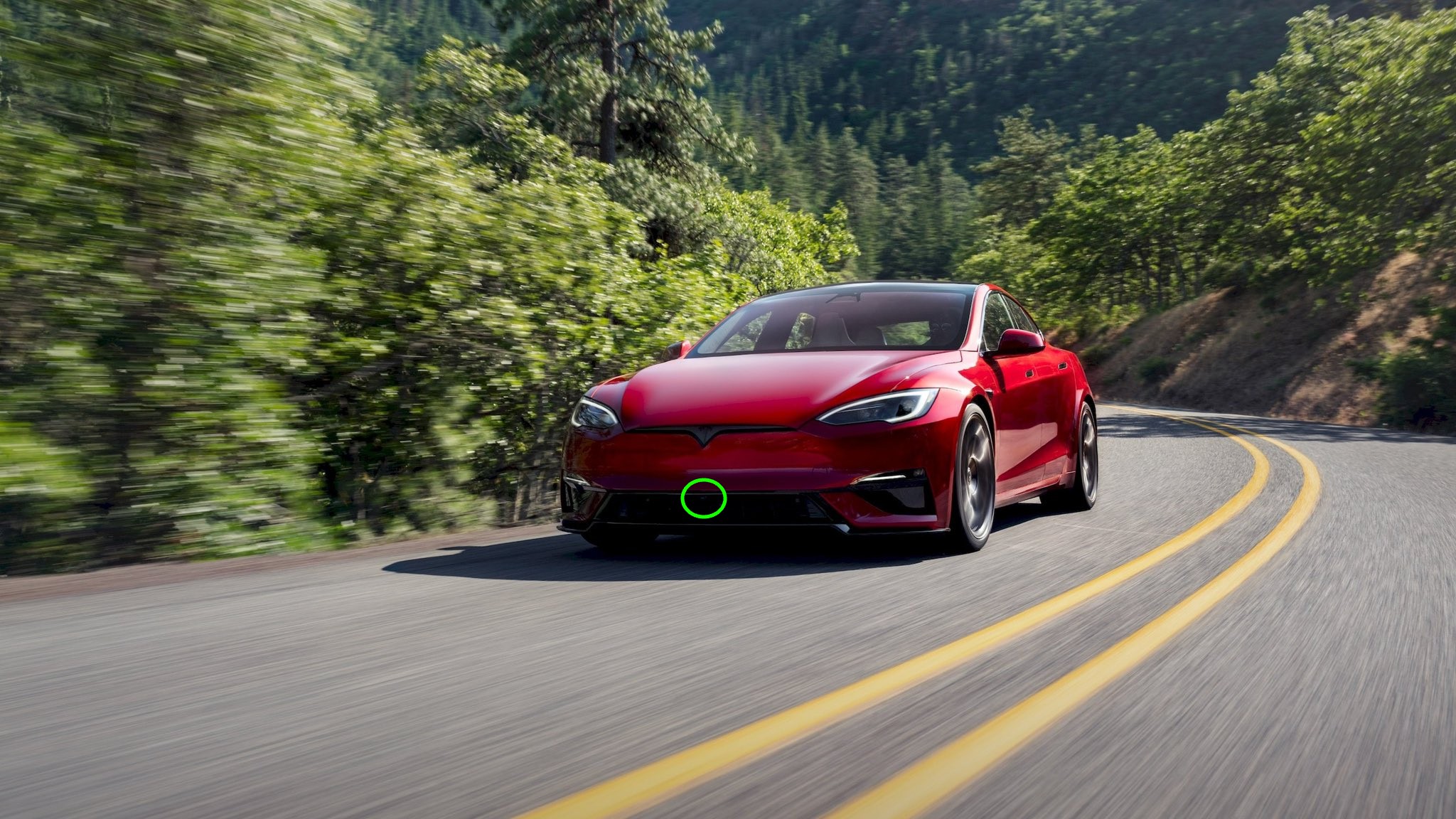
Tesla has confirmed that a recent change made to some of its recently refreshed vehicles is, in fact, a strategy it will use to improve its suite as it continues to work toward autonomy.
Tesla first introduced a front-facing camera on the front bumper with the Cybertruck.
Then, the Model Y “Juniper” received the hardware update. The Model S and Model X both received the front-facing camera with its latest update, which was officially revealed last week.
Tesla used new language with the release of the front-facing cameras on the Model S and Model X, confirming they will assist with several things, including “using Autopilot and Actually Smart Summon capabilities”:
“Enhanced visibility when parking or using Autopilot and Actually Smart Summon capabilities.”
This tiny feature on the new Tesla Model Y is perhaps its biggest addition
This is the first time Tesla has used this sort of language, as it was a completely different description with the launch of the new Model Y in January.
When Tesla launched this vehicle, it said the front bumper camera “provides a wider field of view for automatic assisted driving and advanced Smart Summon.”
Tesla switched from using cameras and sensors to only cameras with the launch of Tesla Vision several years ago. The company’s utilization of cameras comes from Tesla’s belief that Ultrasonic Sensors (USS) are not needed for self-driving efforts:
“Along with the removal of USS, we simultaneously launched our vision-based occupancy network – currently used in Full Self-Driving (FSD) (Supervised) – to replace the inputs generated by USS. With today’s software, this approach gives Autopilot high-definition spatial positioning, longer range visibility and the ability to identify and differentiate between objects. As with many Tesla features, our occupancy network will continue to improve rapidly over time.”
CEO Elon Musk has said that sensors were only a crutch and that self-driving would be solved through the use of cameras:
“When your vision works, it works better than the best human because it’s like having eight cameras, it’s like having eyes in the back of your head, beside your head, and has three eyes of different focal distances looking forward. This is — and processing it at a speed that is superhuman. There’s no question in my mind that with a pure vision solution, we can make a car that is dramatically safer than the average person.”
News
Tesla launches new Model S and Model X, and the changes are slim
Tesla’s newest versions of its flagship vehicles have arrived with some slim changes.
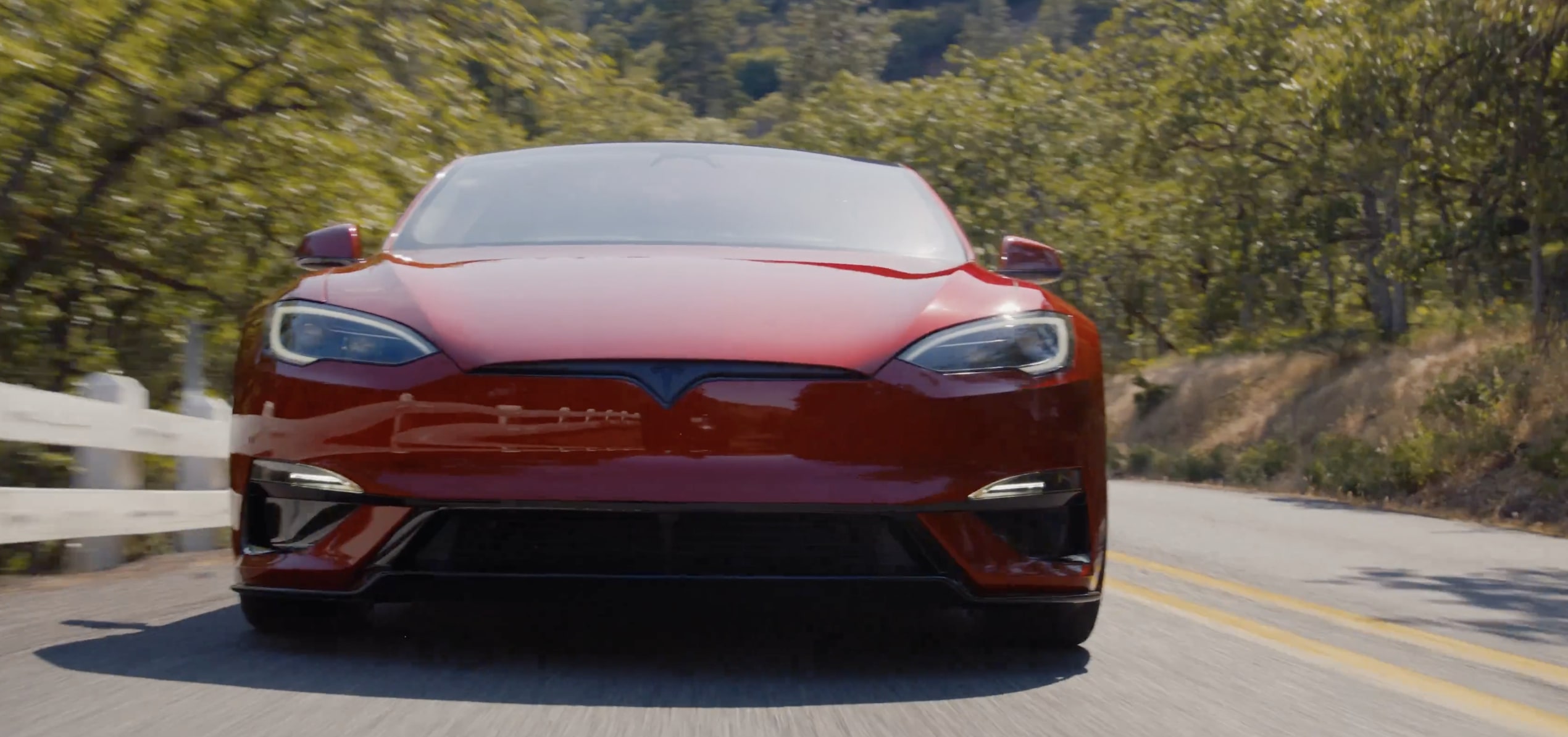
Tesla has officially launched the newest versions of its flagship Model S and Model X vehicles, but the changes are pretty slim, which is something we expected when a couple cars were spotted during public testing recently.
The new “refreshed” Model S and Model X were spotted recently by The Kilowatts, and the changes appeared to be a new front camera, a new color, and only a handful of other changes.
Tesla officially announced the launch of the Model S and Model X on Thursday night, and here’s what it listed as the changes to the two vehicles:
Model S & X are now even better – launching today in the US 🇺🇸
Highlights:
– Frost Blue paint color
– Up to 410 miles of range (Model S Long Range – our longest range Tesla yet)
– Even quieter inside: less wind + road noise & more effective Active Noise Cancellation
– New… pic.twitter.com/i4PcEklOWj
— Tesla (@Tesla) June 13, 2025
- Frost Blue paint color
- Up to 410 miles of range (Model S Long Range – our longest range Tesla yet)
- Even quieter inside: less wind + road noise & more effective Active Noise Cancellation
- New wheel designs & improved aerodynamics = more range
- Front fascia camera for better visibility
- Dynamic ambient lighting that brings unique animations along the dash & doors upon entry
- An even smoother ride thanks to new bushings & suspension design
- Adaptive driving beams
- New exterior styling for Model S Plaid, optimized for high-speed stability
- More space for 3rd row occupants & cargo (Model X)
We expected most of these changes, especially the new Frost Blue paint color, as it was spotted by The Kilowatts in its initial coverage of the cars being spotted a few weeks back. Here’s what it looks like officially:
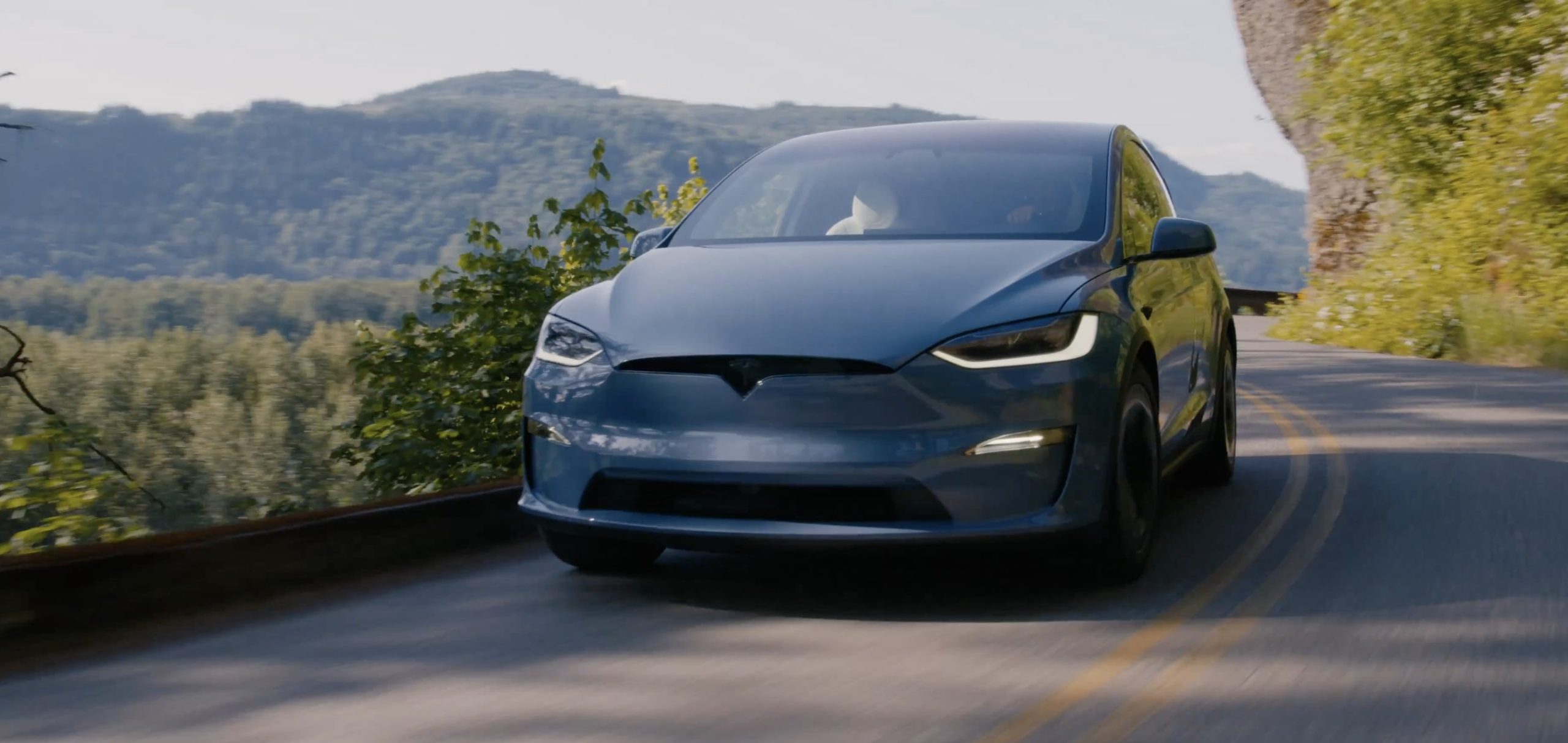
Some of the changes are familiar from the Model Y Refresh, which featured the quieter interior through acoustic-lined glass, a front fascia camera, new bushings, and suspension improvements for a smoother ride.
However, Tesla did refine the Model S Plaid’s exterior for “optimized high-speed stability.” You can see the difference between the two below:

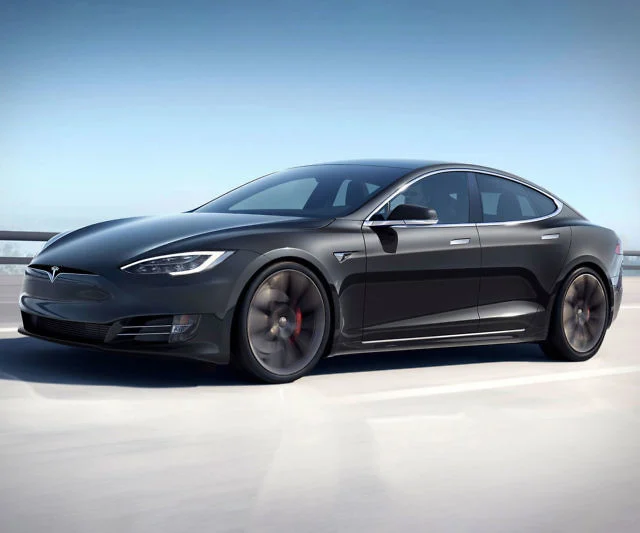
The front-end air diffusers are much deeper, and the front end is more boxy than the previous iteration of the Plaid Model S.
Here are some more images of the Model S that Tesla released in a teaser video:
- Credit: Tesla
Tesla sells such a low volume of the Model S and Model X that it was probably less than likely that the company would put endless manpower and effort into completely redesigning it. CEO Elon Musk said a few years ago that the two cars would only stay in production for “sentimental reasons.”
While they are very special to the Tesla family, they are not incredibly important to the mission of the company.
News
Tesla teases new color while testing refreshed Model S, X
Tesla teased a new color that could be coming to the United States with the new Model S and Model X.
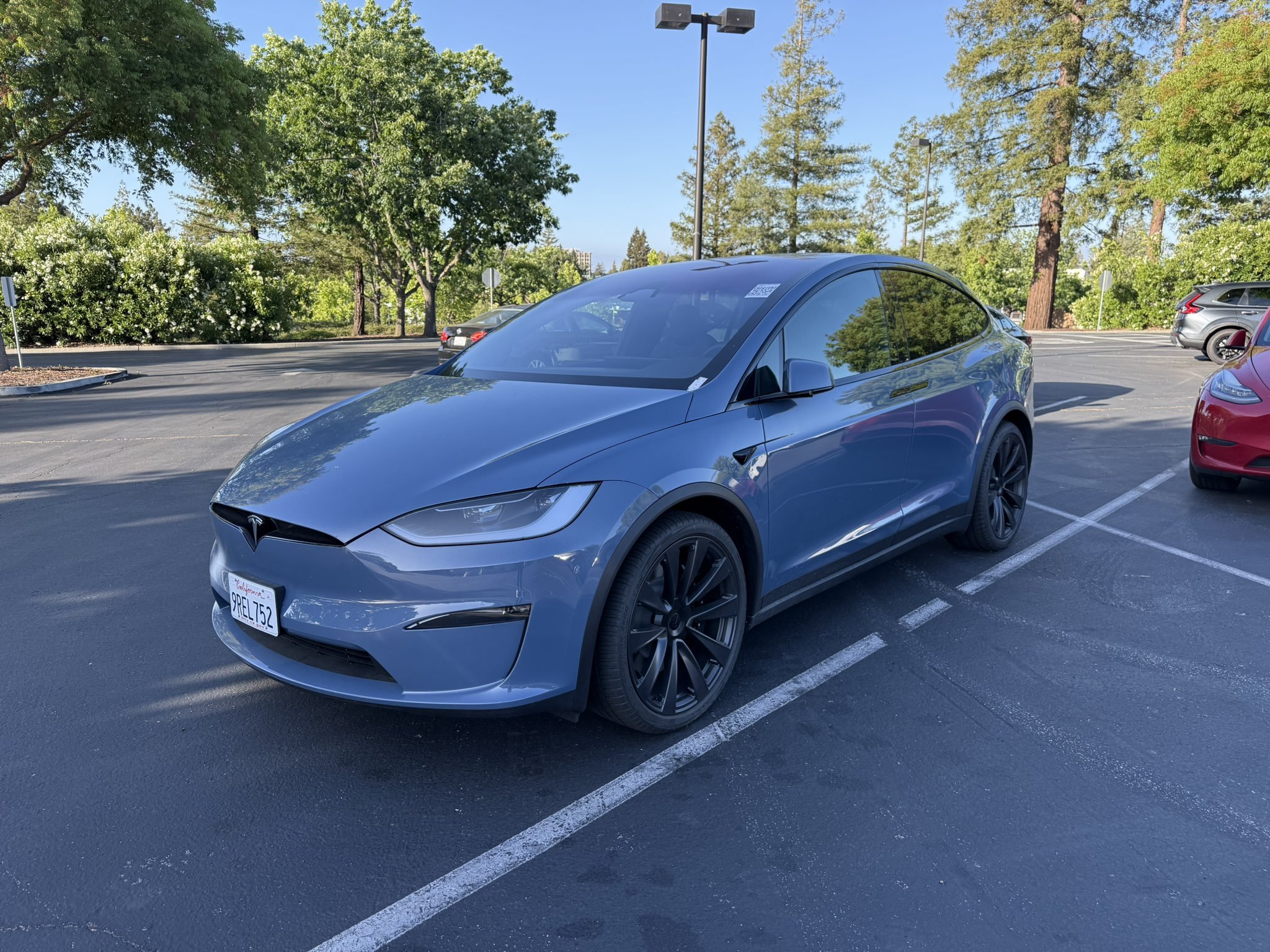
Tesla appears to be teasing a brand new color while it was testing the refreshed Model S and Model X, which was spotted last week in California.
Tesla currently offers six paint options in the United States, but they are all pretty basic. This has not been a problem for owners as wrapping the vehicles is a common practice, but some people would likely see more versatility from Tesla in terms of their standard paint colors.
This is especially relevant as Europe has been able to have both Midnight Cherry Red and Quicksilver, which were, at one time, exclusive to the market.
Quicksilver made its way to the United States, and Tesla did release a new Red last year with “Ultra Red,” but Midnight Cherry Red never made its way outside the walls of Gigafactory Berlin.
Last week, as the first spy images of the new Model S and Model X were taken and released by The Kilowatts, there was a very noticeable difference with the vehicle, as other changes seemed to be relatively underwhelming: a new paint color.
New factory blue, coming soon to a Model X near you pic.twitter.com/3CuN4j1ipq
— The Kilowatts 🚗⚡️ (@klwtts) May 22, 2025
Many believed this was simply a wrap, but Ryan Levenson of The Kilowatts, a former Tesla employee, dispelled that rumor after several questions about it.
He said that this is absolutely a factory paint color and not a wrap:
New color too! If you know what you’re looking for you know that this is factory paint and not a wrap. pic.twitter.com/jBYrimZIQT
— The Kilowatts 🚗⚡️ (@klwtts) May 22, 2025
More images were shared by @supergeek18 on X:
New paint color for Model S/X 🤩 pic.twitter.com/Pb27JruhXs
— Henry (@supergeek18) May 24, 2025
Tesla released a new color earlier this year, but it was just a revision to Black, now called “Diamond Black,” featuring speckles that give a reflection and refraction of light as a diamond would.
However, this new color is certainly quite different than anything Tesla has previously offered in the U.S. before. It is relatively similar to Glacier Blue, a color Tesla launched in Asia. Earlier this year, Franz von Holzhausen, Tesla’s Chief Designer, talked about bringing the color to the U.S.:
“Glacier Blue is just a color that we’ve been talking about with our team — the team is like right through that window by the way — and we were looking at the impact of silver, how do we get pigment into silver and really add a little bit of personality to it. If you look at our palette, you know it was either darks or white, and so we were looking for something in between. Blue is always a fairly popular color.”
It would be a refreshing addition to the options Tesla currently offers, and a breath of fresh air for those who have been wanting a different look altogether.
-

 News5 days ago
News5 days agoTesla Robotaxi’s biggest challenge seems to be this one thing
-

 News2 weeks ago
News2 weeks agoTesla confirms massive hardware change for autonomy improvement
-

 Elon Musk2 weeks ago
Elon Musk2 weeks agoElon Musk slams Bloomberg’s shocking xAI cash burn claims
-

 News2 weeks ago
News2 weeks agoTesla features used to flunk 16-year-old’s driver license test
-

 News2 weeks ago
News2 weeks agoTesla China roars back with highest vehicle registrations this Q2 so far
-

 News2 weeks ago
News2 weeks agoTexas lawmakers urge Tesla to delay Austin robotaxi launch to September
-

 News2 weeks ago
News2 weeks agoTesla dominates Cars.com’s Made in America Index with clean sweep
-

 News2 weeks ago
News2 weeks agoTesla’s Grok integration will be more realistic with this cool feature




